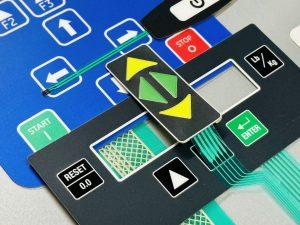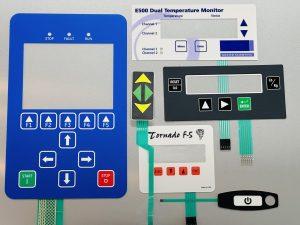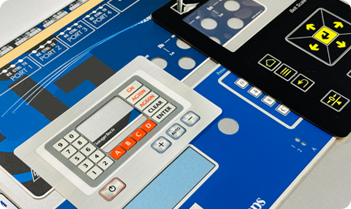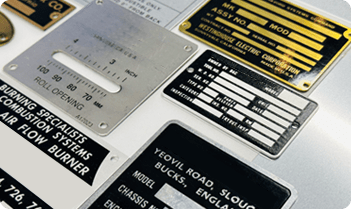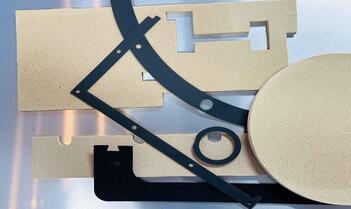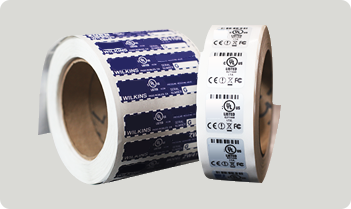Technical Solutions Through Expertise & Partnership
- Home
- ›
- Membrane Switches & Keypads
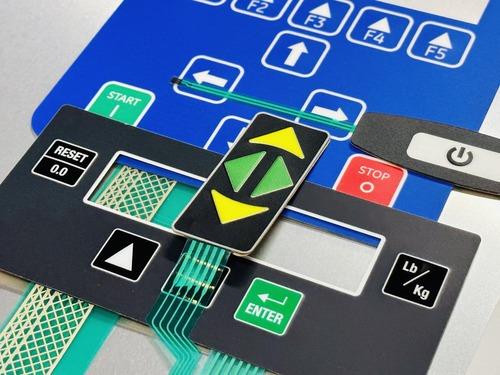
Membrane Switches & Elastomer Keypads
Melrose designs and manufactures custom membrane switches for high-performance applications across medical, industrial, and defense sectors. Membrane switches use a flexible circuit layer for user input. The membrane typically consists of three layers: a top membrane with conductive traces, a spacer layer, and a bottom membrane with additional conductive traces. When a key is pressed, the top and bottom membranes come into contact, closing the circuit and registering the users’ input.
Elastomer keypads are another type of switch technology, typically made of silicone rubber. These rubber keypads are placed over the membrane layer to provide a tactile feel and response when keys are pressed.
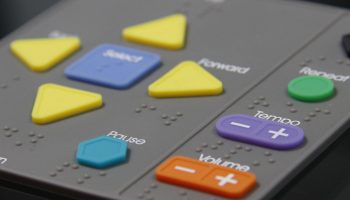
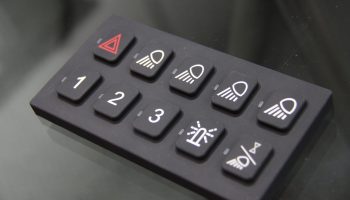

Precision-Engineered Membrane Switches, Backed by Experience
From concept to production, we provide engineering support at every stage. Connect with our team to start your membrane switch or keypad project.
Application
Temperature
(High/Low)
Environment
(Indoor/Outdoor)
Long-term outdoor and sunlight exposure needs specially-engineered solutions
Adhesion
(Various Bonding and Mounting Solutions)
Chemical
(Designed for Exposure)
How it’s used?
(Lifecycle/Compliance. Expected life in application, compliance to Mil & other specs, UID features)
Special Features of Custom Membrane
Switches & Elastomer Keypads”
- Offering aesthetic and design flexibility
- Provides both aesthetic and functional flexibility when designing
- Features such as backlighting and displays can be incorporated
- Water and chemical resistance for device and enclosure requirements
- Additions such as shielding can be included for device protection and safety
More Information
